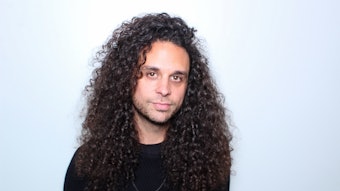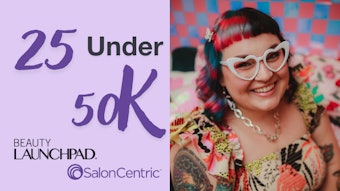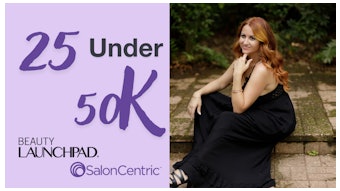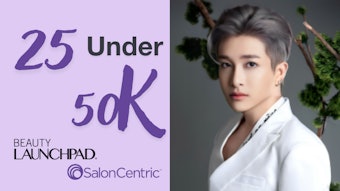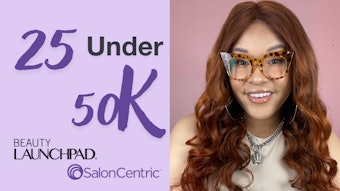
Licensure of Barbers and Cosmetologists dates back to before most of us were born. At that time, very few careers were licensed (less than 10%), but that number has grown, and now 32% of all occupations require a license. The licensure of an occupation is directly related to the risk of injury to a consumer associated with performing the tasks of the occupation. In the US, the states have in place requirements associated with obtaining and keeping a license to reduce the risk of injury to the consumers in the state and keep licensees up to date on safety rules/laws. In the cosmetology and barber world, the real risks to a consumer generally fall into 3 categories: infection control, chemical safety and electrical safety. There are also of course some requirements around things like ventilation and prohibited implements/services (credo blades, etc), but those tend to vary widely from state to state. In fact, while many of these concepts are addressed in every state, there is very little consistency on how they are addressed and what is required of a licensee. That said, regardless of what you read here or on other sources, it is important to know, understand and follow the rules in your state and locality. Let’s talk about some of the best practices around health & public safety in the professional beauty industry!
Infection Control
If you were unclear on infection control principles and practices prior to 2020… you certainly had the opportunity to brush up on these important skills during the last year. In fact, we had over 2 million professionals complete Barbicide Certification (Barbicide.com) in the first few months of the pandemic – everyone wanted to make sure they were practicing proper infection control. The basics of infection control are actually pretty simple! First, you must figure out what can be disinfected. Only hard, non-porous surfaces may be disinfected, so think of things like glass, metal and plastic. Soft surfaces such as fabric and the human body cannot be disinfected, in fact, disinfectants may ruin soft surfaces, so keep it to the hard stuff! Prior to disinfection, all items must be cleaned, something generally done with soap and water or a chemical cleaner. Once the items have been cleaned they are ready for disinfection with either a spray, wipe or immersion. Remember when selecting a disinfectant it must be EPA registered and for your business, it must be labeled as bactericidal, virucidal and fungicidal. You must follow the instructions on the label for mixing (if necessary), use (particularly contact time) and changing or disposal. If you can commit to memory the three C’s – Concentration, Contact Time and Changed Daily, you will be well on your way to practicing proper infection control. It is also worth noting that most states have rules around the method of disinfection that is acceptable – immersion is almost universally accepted, whereas wipes and sprays are not consistently accepted – it is important to know what is required in your state.
Chemical Safety
Even if you do not do chemical services, you certainly have chemicals in your business! Everything from your cleaning/disinfecting products to chemicals for services are all important and can pose safety risks if not handled properly! Luckily, all chemicals come with their own “how to” in the form of a label. The problem is that many of us fail to read the labels fully or believe we know how a chemical is to be used without verifying the specifics through reading the label! A perfect example is a chemical commonly found in this industry – bleach. Bleach is used for everything from laundry to cleaning and in some states, disinfection. Since this is a household chemical we have been around our whole lives, we tend to underestimate the risks associated with bleach and likely many who use it, have not really read the label. If we did read the label, we would discover that not all bleach disinfects, making many of the products ineffective for disinfection. We would also find that there are specific directions to dilute bleach, and at the same time, warnings about only mixing with water. Undiluted bleach can cause severe damage to your skin, eyes and upper respiratory tract. Mixing bleach with anything other than water can create gasses that may be fatal. For example, mixing chlorine (disinfecting) bleach with vinegar or any ammonia based product can create a very dangerous and potentially fatal gas. All chemicals have specifics about how they work, the risks associated with them and how to properly dispose of them – it is critically important that everyone who works in a salon, even if they are not licensed, read the labels and be aware of these risks.
Electrical Safety
All you have to do is look at the average station and you will see a mess of electrical cords that power some of the most important appliances of the industry. Many people have mistaken beliefs about how to use outlets, GFCI boxes on the end of a cord and extension cords. In the 1980’s, 18-20 people died a year simply using their blow dryers! Since 1991, those little boxes at the end of the cord GFCI (Ground Fault Circuit Interrupters) have caused those numbers to plummet. In this industry where electric appliances are used in often overloaded circuits, around water and for longer periods of time, it is essential that electrical safety be understood and observed. Much like chemicals, all electric appliances come with instructions for use that include whether or not they can be used with extension cords or require GFCI plugs. For the safety of both your client and yourself, ensuring that outlets are not overloaded, proper outlets are used and appliances are not used near water sources is important.
As the discussions arise all around the country about occupational licensure, it is important to remember the basis for licensure and ensure that we, as an industry, are making safety a priority in all that we do.

